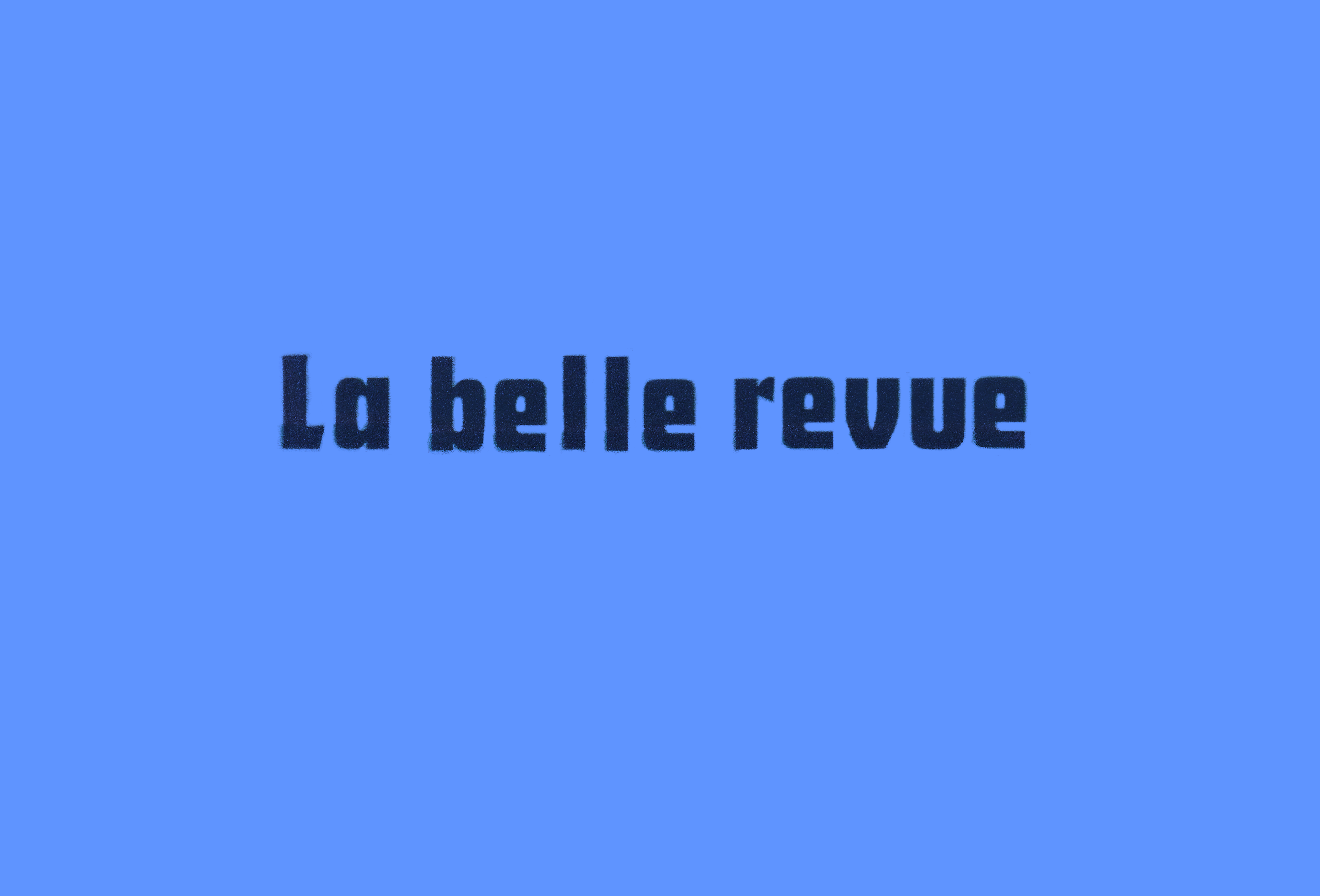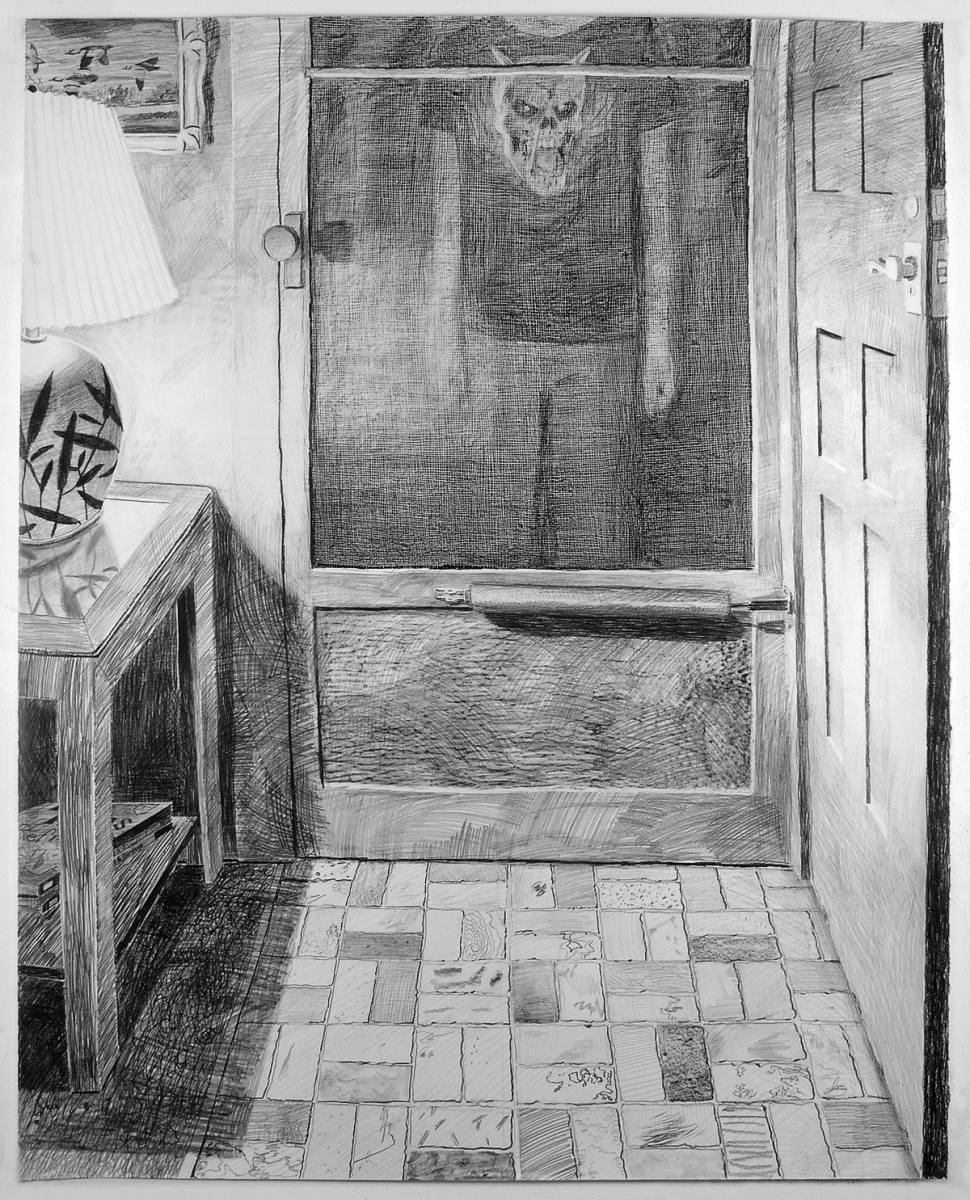The Museum of Modern Art and the Opéra Théâtre de Saint-Étienne joined forces for the first time this spring, within the framework of the multidisciplinary festival Nouveau Siècle combining visual arts, dance, and music... The 2014 edition entitled "The New York Moment" showcases several aspects of New York creation from the 1960-1970s while attempting to measure its influences and traces up until the early 21st century. From this perspective, minimalism plays a prominent role: Philip Glass gave a concert last January and the Museum is presenting four complementary exhibitions based on major American figures and the young contemporary scene. Lorand Hegyi, director of the museum, is taking advantage of this focus to hang a selection of the most beautiful minimalist or Colorfield works from the Stéphanoise collections. Two felt sculptures by Robert Morris, several paintings by Morris Louis, a magnificent Shaped Canvas from the 1960s by Frank Stella, and Donald Judd modules constitute an historical panorama of American art. Several sculptures by Joel Shapiro are deployed in the enormous space of the central hall – we are left somewhat hungry for more – whereas a real circuit is dedicated to Peter Halley’s paintings produced since 2000. In large formats structured with gridlock or window systems, Halley fuses the heritage from abstract American painting with a reinterpretation of Pop Art. The arrangement of the paintings in the space is very successful. The formal research into contrasts between colours, the oppositions of textures, and on the boundaries between geometric shapes and representations are extremely clear.
In counterpoint to the projects oriented towards historical productions, the rooms usually allocated to the presentation of the gallery’s collections host the very patchy exhibition, Young Artists in New York. One of Lorand Hegyi’s strengths is his ability to devise complementary exhibition programmes: extending the New York season with a section focusing on ten young artists who have emerged in the last five years was an exciting and pertinent idea, on the face of it. However, the exhibition lacks coherency and is limited to a catalogue of arbitrary artworks whose spatial alignment does nothing to enhance them. A trend for the graphic arts seems to emerge from this selection, although the justifications for it are not really explained and it seems to reflect the relationships established with certain galleries (Zurcher New York, for instance) more than it does an exploration of New York studios. The ever-so disagreeable impression of déjà vu weighs heavily throughout the visit. The choices in terms of painting, in particular, could have presented more stimulating formal research. It is quite disappointing to note that the overall quality of the exhibition was no better than that of a hanging by fresh graduates from a French art school.
Let us nonetheless briefly evoke the works that we considered to be the most interesting. Daniel Arsham (1980) presents a series of ink and gouache drawings on tracing paper inspired by the monumental sculpted heads of Easter Island, as well as a very beautiful cube in open-worked polystyrene, pierced with galleries that feign the potential of a block of marble perfectly. In both cases, it is a question of the incidence of human intervention over nature as the producer of raw materials.
The motifs of the drawings by the artist of Italian origins, Davide Cantoni (1965), are produced by light burns. Cantoni sources photographs from the New York Times, transposes them with graphite onto large format paper, then lightly burns the lines with the aid of a magnifying glass traversed by the rays of the sun. The violent and dramatic iconography contrasts with the subtlety, delicacy, and fragility of the drawing. It interpellates us concerning the question of the memory of the media images fed to us on a daily basis, but that we forget extremely quickly. Cantoni also plays on the double meaning of the term “to burn”, referring to both burning and recording.
Two tables covered with books/objects designed by Brian Belott (1973) certainly feature among the most judicious choices in the exhibition, both in terms of the connections that this work maintains with the spirit of the 1960-1970s, and for its intrinsic artistic relevance. The fake books made up of paper cut-outs in abstract designs, of glossy or metallised materials, and pages torn from magazines are like so many visual transcriptions of musical compositions: moreover, Belott asserts an interest in sampling and free jazz. All of the objects presented on a table, midway between a reappropriation of scrapbooking and ironic references to neo-pop painting, functions as a kind of score whose rhythm is sparked by the spectator’s gaze.
Born in the Philippines, and having moved to New York in recent years, Bea Camacho (1983) proposes to give an account through photographs and video of a performance lasting eleven hours entitled Enclose, which consists of knitting a red woollen cocoon over herself, to the point of being entirely enclosed and sleeping inside it. Six photographs without any special characteristics document the phases of the performance and the video presented on a small screen shows Bea Camacho as she knits in an uncomfortable position. This project resonates with the artist’s experience of emigration as a young adult and concerns the ambiguity between enclosure, deprivation of freedom, and the search for protection and security. It would merit exposure through more carefully constructed forms.
Finally, the large format drawings of Matt Bollinger (1980) inspired by the aesthetic codes and framings of cinema are worth consideration. The quality of the graphite work is placed in service to disturbing narrative situations marked by uncertainty. The largest drawing produced with energetic lines establishes a situation, an event, and a suspended time whose signification is beyond our comprehension. The graphic work extends into a magnificent recording that can be heard through headphones – the artist’s voice, with an interesting timbre – in which the seemingly banal peri-urban situation is gradually transformed into an atrocious news item that the fictional dimension does not elucidate.
We regret that this exhibition on young artists working in New York today was not more attentively developed, that it included some works that were too weak, and that the articulation between the artworks was practically non-existent. Furthermore, this event appears to have been somewhat marginalised: there was no documentation specifically edited for "Young Artists in New York" whereas the museum makes a lot of effort, generally speaking, concerning mediation.




